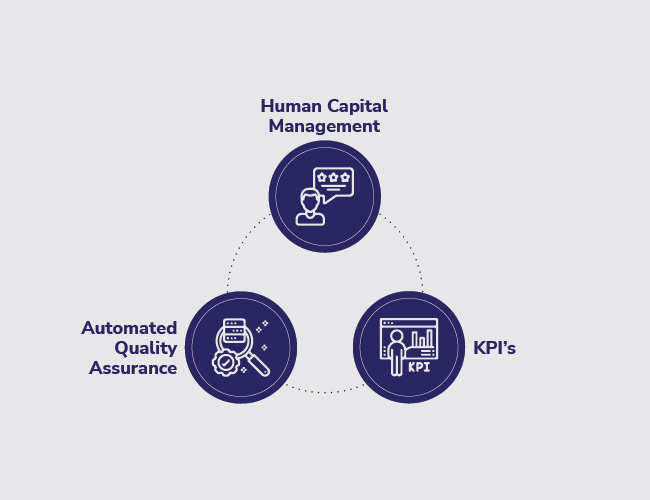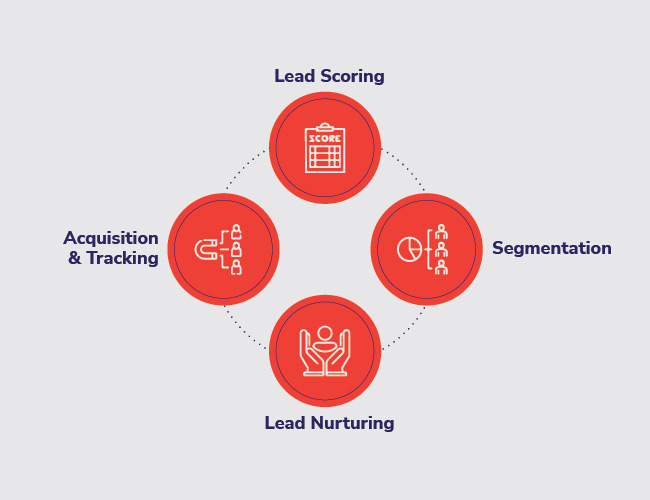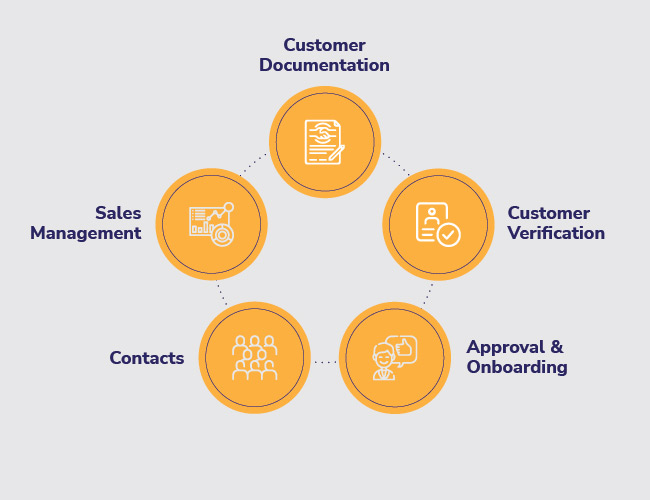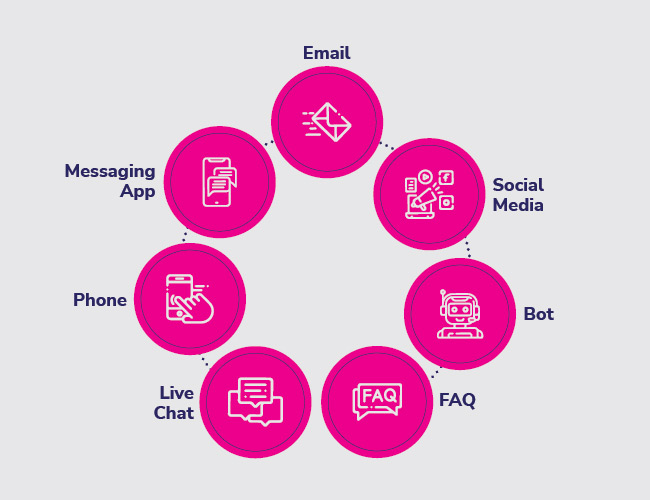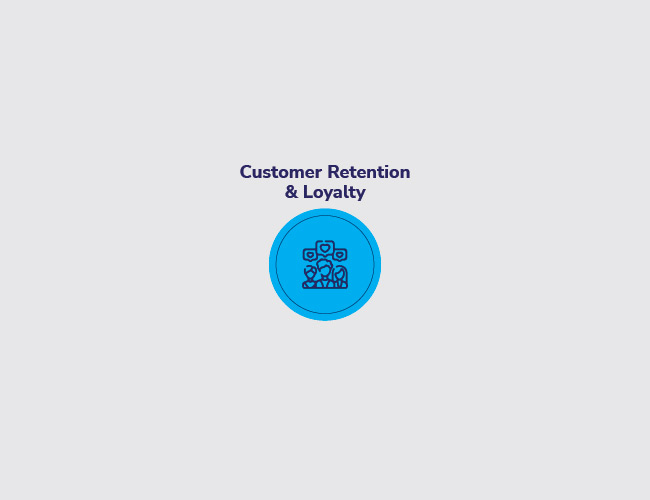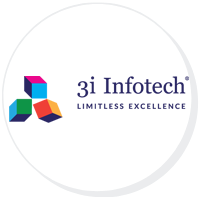 Mr. Pravir Vohra
Mr. Pravir Vohra
(Non-Executive) Director
Mr. Pravir Vohra is a postgraduate in Economics from St. Stephen’s College, University of Delhi and a Certified Associate of the Indian Institute of Bankers. He began his career in banking with State Bank of India where he worked for over 23 years. He held various senior level positions in business as well as technology within the bank, both in India and abroad. His assignments included responsibility for the technology function for State Bank’s branches in the US and Canada. He also headed the Bank’s Forex Division at New Delhi. The late 1990s saw Mr. Vohra as Vice President in charge of the Corporate Services group at Times Bank Ltd. He was responsible for spearheading the bank’s technology enabled services to corporate in areas like cash management, supply chain management and merchant banking.
In January 2000, he moved to the ICICI Bank group where he headed a number of functions like the Retail Technology Group and Technology Management Group. In these capacities, he oversaw the deployment of technology across ICICI Bank’s domestic & international operations and was instrumental in creating a future-ready, platform independent & scalable infrastructure.
From 2005 till 2012 he was the President and Group CTO at ICICI Bank. His focus was to ensure a meaningful alignment of Technology with overall business goals and obtain the best from people, processes and information within the organization. The objective was to help ICICI Group remain agile, flexible and competitive. As a Group CTO, he played a key role in shaping the Bank’s technology investments through repositioning strategies across both execution and product innovation. By leveraging both new and existing technologies, he consistently focused on increasing efficiency, reducing costs and supporting competitiveness, as well as creating differentiated products which enabled the enterprise to retain market relevance. Mr. Vohra oversaw IT strategy & innovation, enterprise architecture, process automation, group IT infrastructure and was responsible for leveraging technology synergies across ICICI Bank and its group companies. He also carried additional responsibilities for facilities management, infrastructure and administration; in this capacity he oversaw the roll out of new branches, ATMs, two state of the art data centers and a large 4 million square feet office facility at Hyderabad.
What is unique is his ability to evaluate technology from a business perspective, leveraging it to reduce costs or generate revenues combined with incredible foresight in an ever changing landscape. With a stint spanning close to four decades in the industry, Mr. Vohra has immense experience and knowledge in IT architecture, domain expertise in financial products, process re‐engineering, IT operations and strategy.
Post his retirement from ICICI Bank in 2012, he mentored start-ups in the payments space and, more recently, completed a 2 year assignment with New Development Bank, Shanghai. He also continues to serve on the Technology Advisory Committees of organizations like the Bombay Stock Exchange, NCDEX, Indian Clearing Corporation and Power Exchange India etc. He also serves as an independent Director on the Boards of Thomas Cook India Ltd., IDFC Bank, NCML Ltd. & Quess Corporation.
Mr. Vohra has served on numerous technology & functional committees set up by organizations such as the Central Board of Direct Taxes, the Unique Identification Authority of India (UIAI) as well as the Reserve Bank of India, the Indian Banking Association and NPCI. He has also served as a nominee director on the boards of Loyalty Solutions & Research Pvt Ltd, ICICI Securities Ltd, Firstsource Solutions Ltd and as an independent director on MCX India Ltd and Goldman Sachs AMC (India) Ltd. Accolades won by Mr. Vohra include The Asian Banker Achievement Award for Technology & Operations in 2006 and the Symantec Asia South Visionary 2008. He was also one of the three CIOs of international banks to have featured on the Information Week’s Global CIO 50 List for 2009.
He is passionate about leveraging the power of available and emerging technologies to solve real life business issues, improve operating efficiency, design new products and processes that would touch the lives of the Indian people.

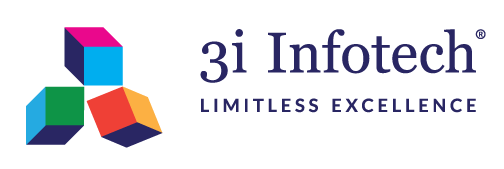


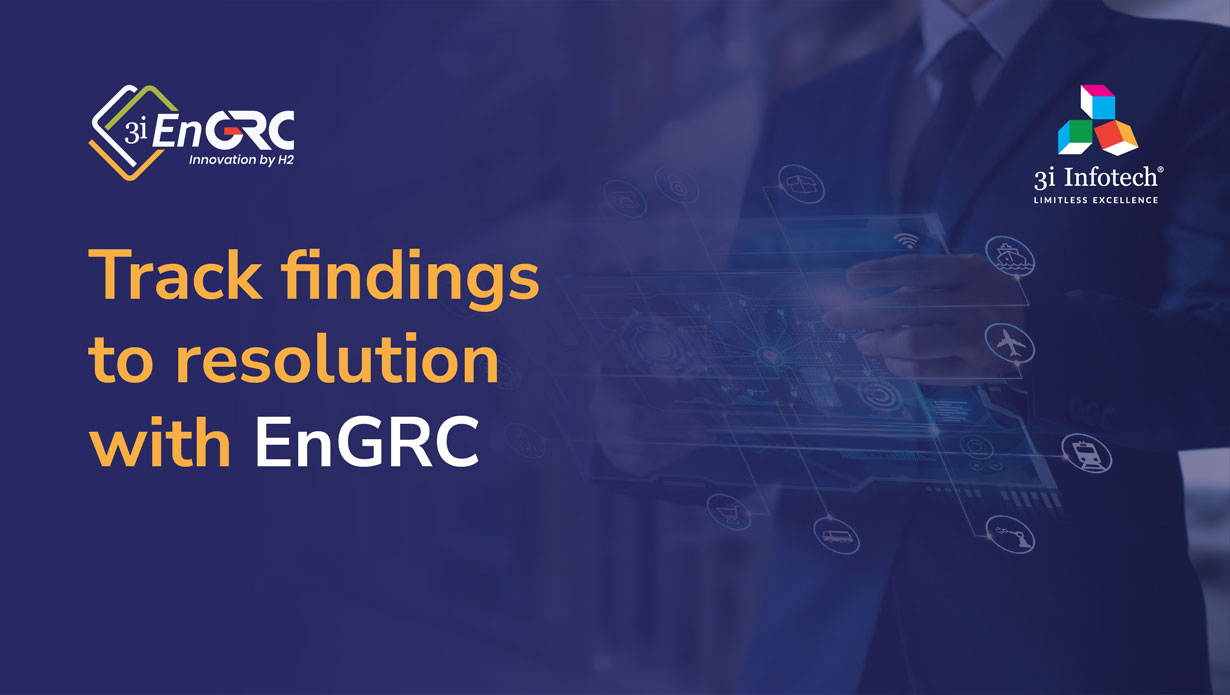

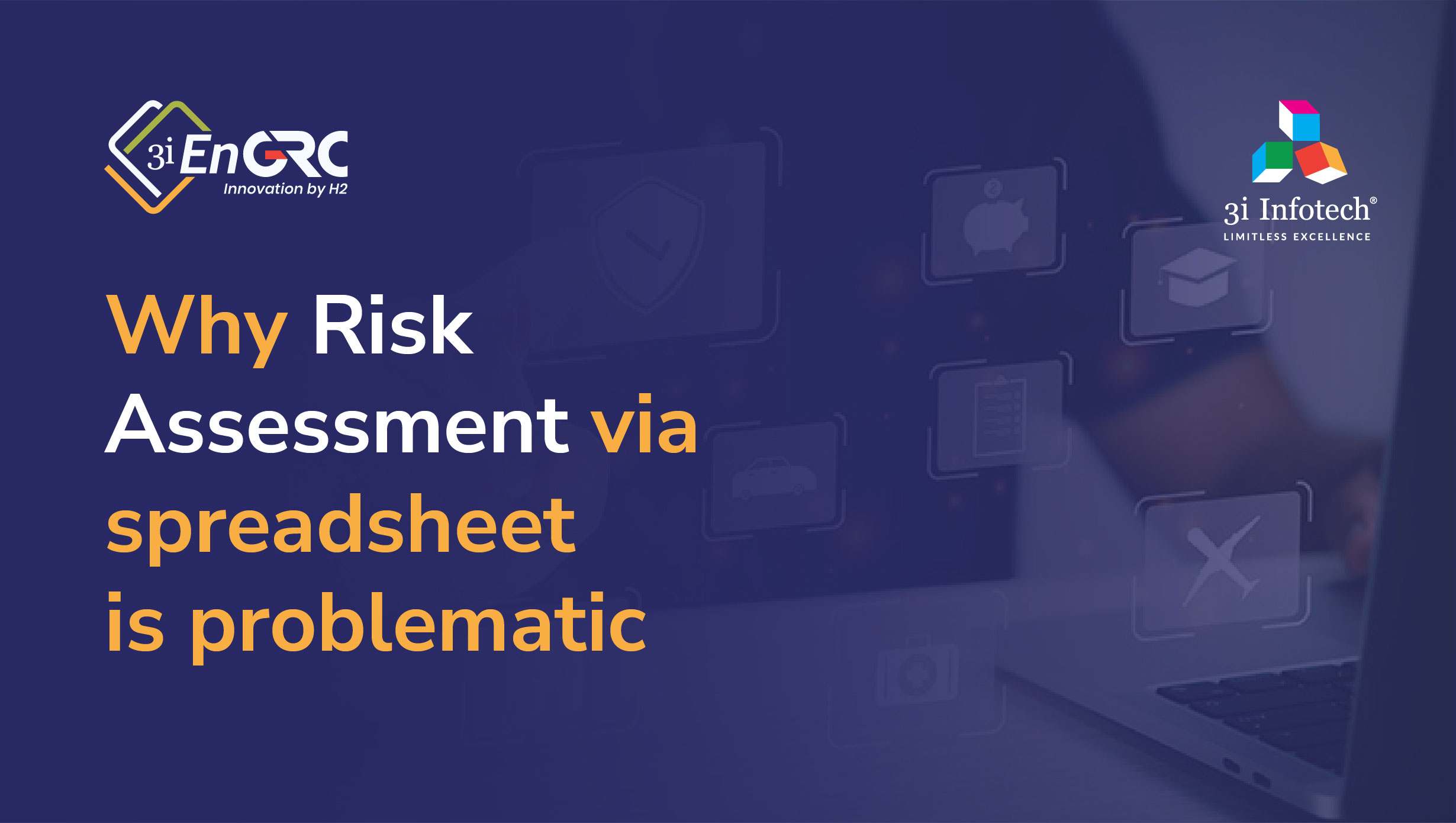
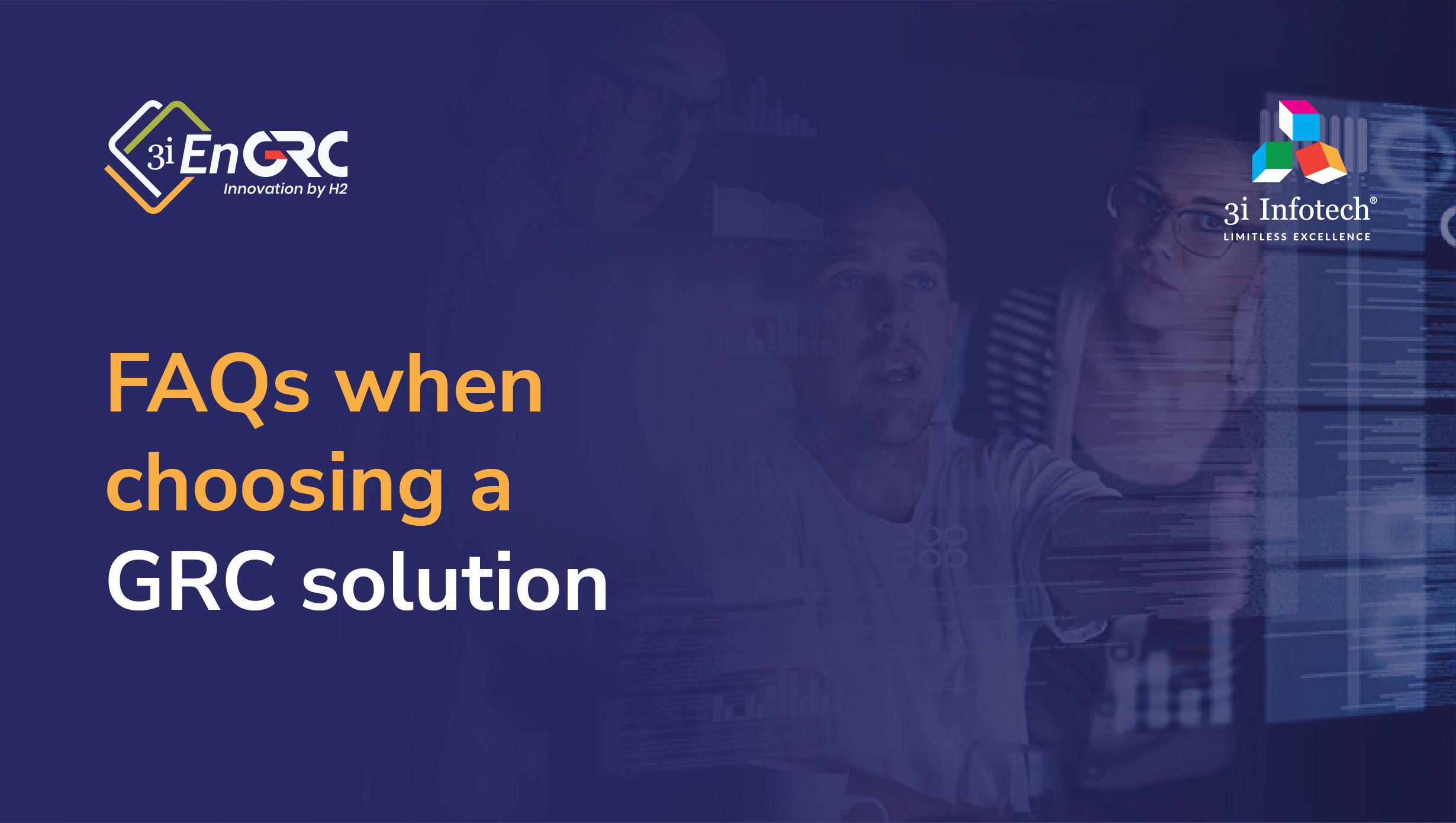


 Dr. Madan Bhalchandra Gosavi (B.A. (Hons.), LLM, M.Phil, PhD)
Dr. Madan Bhalchandra Gosavi (B.A. (Hons.), LLM, M.Phil, PhD) Harish Shenoy
Harish Shenoy CA Uttam Prakash Agarwal
CA Uttam Prakash Agarwal Mr. Umesh Mehta
Mr. Umesh Mehta Uttam Jhunjhunwala
Uttam Jhunjhunwala
 Ranjit Balakrishnan
Ranjit Balakrishnan Emmanuel N
Emmanuel N Ramu Bodathulla
Ramu Bodathulla

 Rangapriya Goutham
Rangapriya Goutham Kiran Chittar
Kiran Chittar Sushant Purushan
Sushant Purushan
 Nilesh Gupta
Nilesh Gupta Mohan TS
Mohan TS Sanjay Rawa
Sanjay Rawa Dr. Aruna Sharma
Dr. Aruna Sharma Mr.Avtar Singh Monga
Mr.Avtar Singh Monga Mr. Thompson P. Gnanam
Mr. Thompson P. Gnanam Ms. Zohra Chatterji
Ms. Zohra Chatterji Dr. Kalyan Krishnamoorthy
Dr. Kalyan Krishnamoorthy







 Mr. Pravir Vohra
Mr. Pravir Vohra Viraf Sirvala
Viraf Sirvala

 Amrita Gangotra
Amrita Gangotra